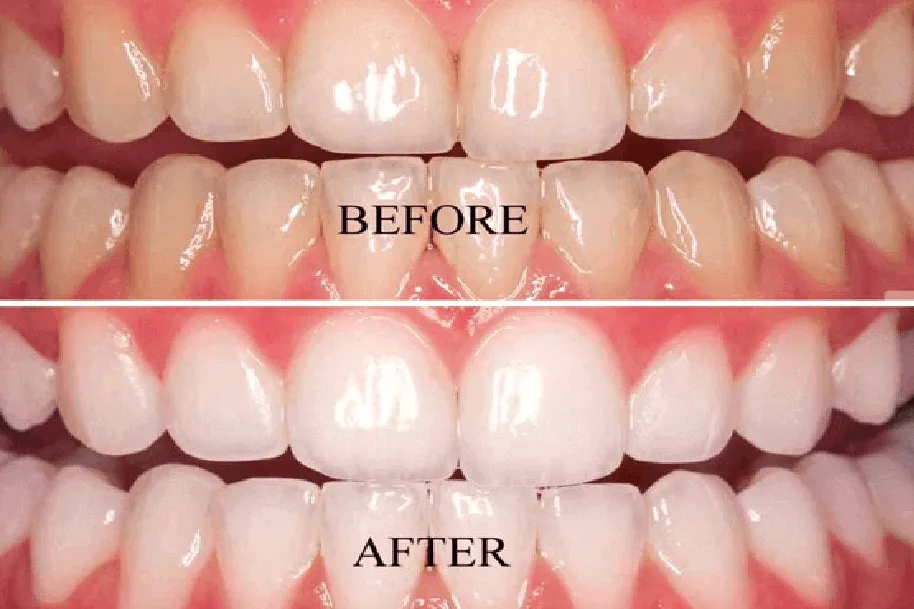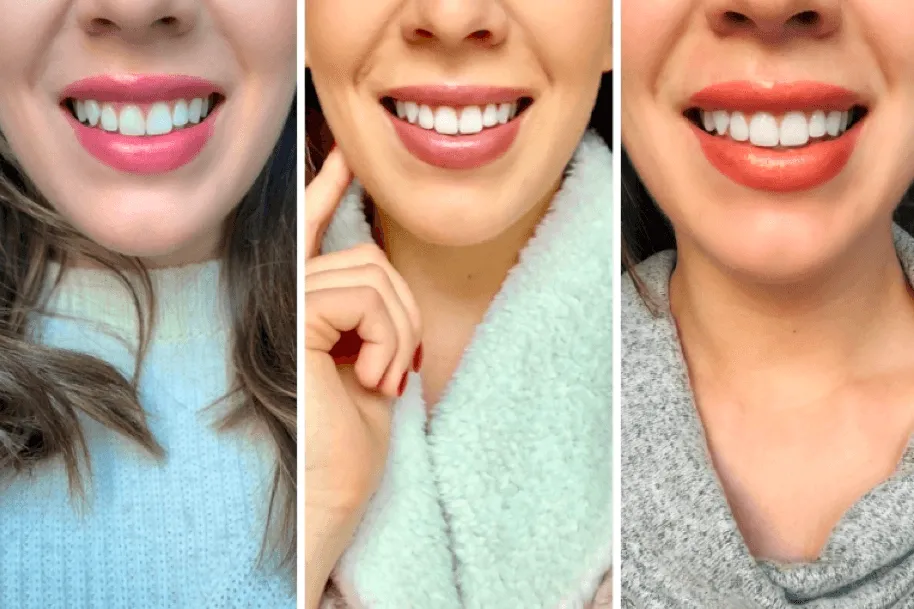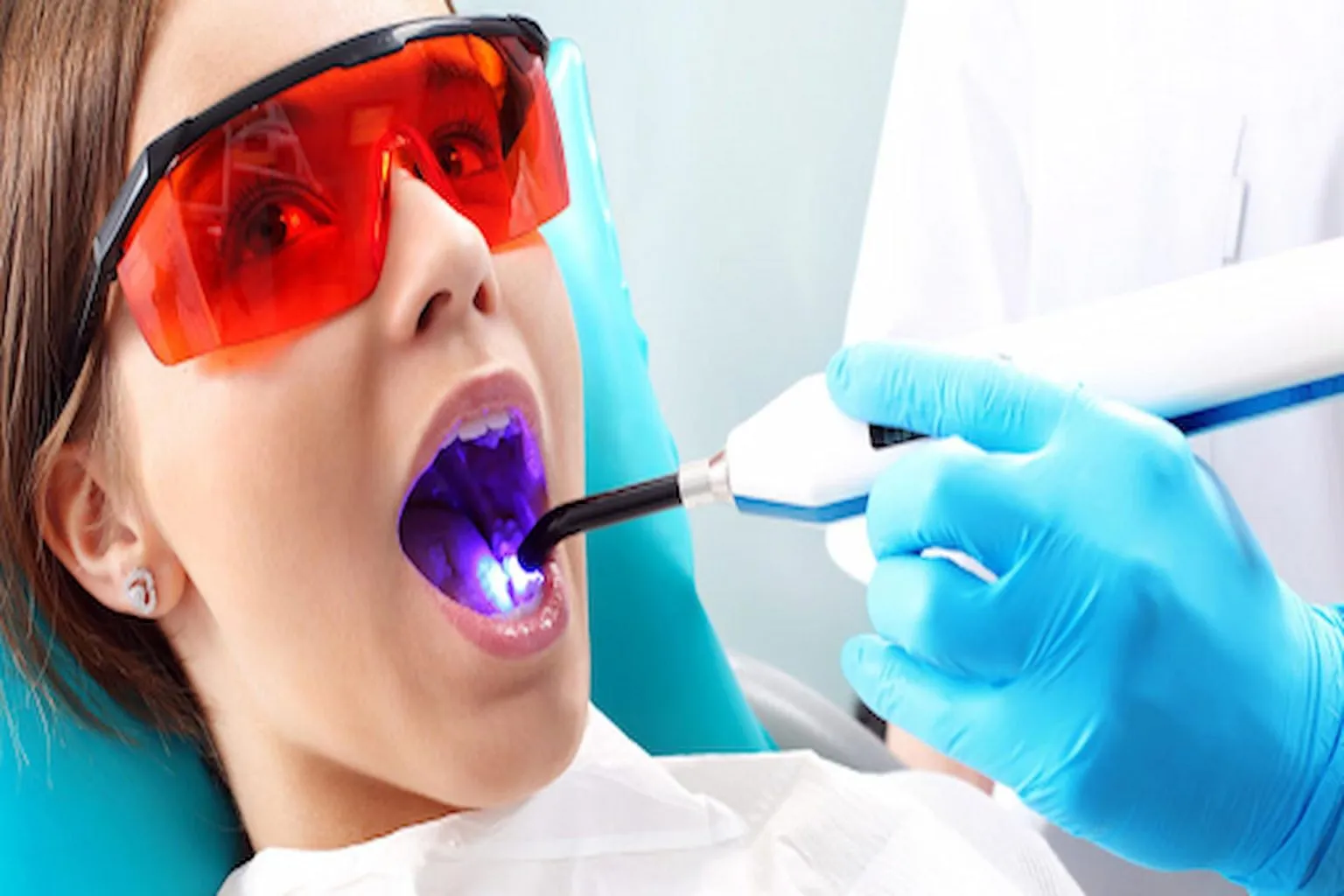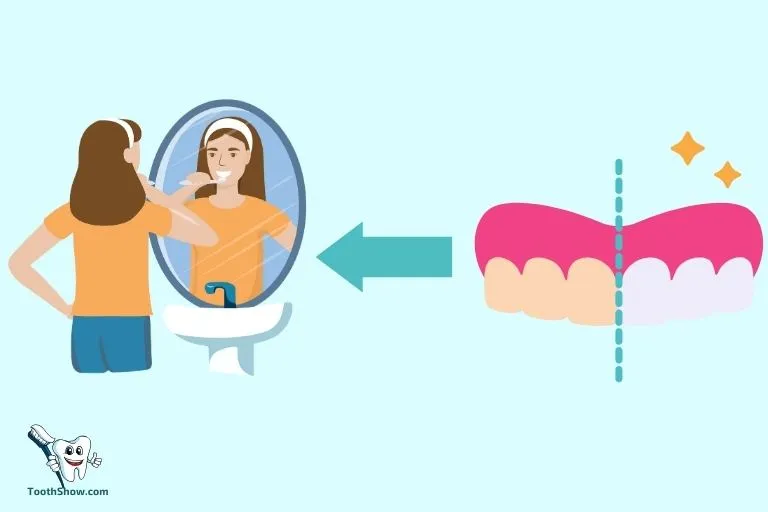The Great Debate Brush Before Whitening Strips
The question of whether to brush before applying whitening strips is a common one, sparking debate among dental professionals and whitening enthusiasts. While seemingly a simple query, the answer involves understanding the science behind teeth whitening and how brushing can influence the process. Proper preparation can significantly impact the effectiveness and safety of your whitening treatment. This article delves into the critical aspects of brushing before using whitening strips, providing a comprehensive guide to help you achieve the best results and maintain optimal oral health. Understanding the benefits and potential drawbacks ensures you make informed decisions about your teeth whitening routine, maximizing your chances of achieving a brighter, healthier smile.
Why Brushing Matters Before Whitening Strips
Brushing before applying whitening strips plays a pivotal role in enhancing their effectiveness and promoting overall oral hygiene. The primary goal of brushing is to remove plaque, food particles, and surface stains that can hinder the whitening agents from directly contacting your teeth. By eliminating these obstructions, you create a cleaner surface, allowing the whitening ingredients to penetrate the enamel more efficiently. This not only improves the whitening results but also ensures a more even distribution of the whitening agents, leading to a more uniform and aesthetically pleasing outcome. Moreover, brushing helps prepare the teeth for the whitening process by creating an optimal environment for the strips to work their magic.
Removing Surface Stains and Debris

The initial benefit of brushing before using whitening strips is the removal of surface stains and debris. Daily activities such as consuming coffee, tea, red wine, and certain foods can leave behind unsightly stains. Brushing effectively eliminates these superficial stains, making the teeth appear brighter immediately. Additionally, brushing removes food particles and plaque, preventing them from interfering with the whitening agents. A clean tooth surface allows the whitening strips to adhere properly and penetrate the enamel more effectively, leading to better results.
Maximizing Whitening Strip Effectiveness
Brushing before whitening strips enhances their effectiveness by preparing the tooth surface. When plaque and debris are removed, the active ingredients in the whitening strips can make direct contact with the enamel. This direct contact allows for a more efficient and thorough whitening process, as the bleaching agents can break down the stains embedded in the enamel without obstruction. Brushing creates an ideal environment for the whitening agents, allowing them to work optimally and deliver the desired results. This preparation is critical to achieving the best possible outcome from your teeth whitening treatment.
Enhancing Enamel Protection
Brushing contributes to overall enamel health, which is particularly important when using whitening strips. Removing plaque and food particles helps prevent the buildup of harmful bacteria that can erode enamel. By maintaining a clean oral environment, you reduce the risk of cavities and other dental issues that could compromise your enamel. Additionally, brushing helps to distribute fluoride from your toothpaste, strengthening the enamel and making it more resistant to the effects of the whitening agents. Proper preparation ensures that the teeth are in their best condition to withstand the whitening process.
Avoiding Irritation and Sensitivity

Brushing gently before applying whitening strips can help minimize potential irritation and sensitivity. Whitening strips contain active ingredients, such as hydrogen peroxide, that can sometimes cause temporary sensitivity in individuals with sensitive teeth or gums. Brushing removes any existing irritants or particles that could exacerbate this sensitivity. However, it is essential to brush gently and avoid aggressive scrubbing, which could damage the enamel and increase sensitivity. By following the right brushing techniques, you can reduce the likelihood of experiencing discomfort during and after the whitening process. Furthermore, using a toothpaste formulated for sensitive teeth can also help mitigate potential issues.
How to Properly Brush Before Strips
Choosing the Right Toothpaste
Selecting the appropriate toothpaste is crucial for preparing your teeth for whitening strips. Choose a toothpaste that is gentle and effective in removing surface stains without being overly abrasive. Avoid toothpastes that contain harsh ingredients, such as high concentrations of abrasive particles, as these can damage the enamel and potentially increase sensitivity. Toothpastes with fluoride are beneficial as they strengthen the enamel, providing an added layer of protection during the whitening process. If you have sensitive teeth, consider using a toothpaste specifically designed for sensitive teeth to minimize discomfort.
Gentle Brushing Technique

The technique employed when brushing before whitening strips is as important as the toothpaste. Brush gently using a soft-bristled toothbrush, making sure not to apply excessive pressure. Aggressive brushing can wear down enamel and increase sensitivity. Use small, circular motions, ensuring that you reach all surfaces of your teeth, including the front, back, and chewing surfaces. Brush for about two minutes, covering all areas thoroughly without causing any damage. Be mindful of the gumline, and brush gently along the gumline to remove plaque without irritating your gums. This ensures a thorough yet gentle cleaning, preparing your teeth for the whitening treatment.
Timing is Key Optimal Brushing Schedule
Timing your brushing is essential to maximize the benefits of whitening strips. Experts recommend brushing at least 30 minutes before applying the strips. This allows time for your saliva to neutralize the toothpaste and re-mineralize your enamel. This timing also ensures that the teeth are clean and ready to receive the whitening agents. Avoid brushing immediately before applying the strips, as this can sometimes interfere with the strip’s adhesion and potentially cause sensitivity. Following the recommended timing provides a clean, prepared surface for the whitening agents and supports an optimal treatment experience. Following these guidelines will help you achieve the best results.
Potential Downsides of Brushing
Over-Brushing and Its Risks

While brushing is generally beneficial, over-brushing can pose risks to your oral health. Aggressive or excessive brushing can wear down tooth enamel, making your teeth more susceptible to sensitivity, cavities, and other dental issues. Over time, it can also lead to gum recession, exposing the sensitive root surfaces of your teeth. Using a hard-bristled toothbrush can exacerbate these problems. It’s important to use a soft-bristled toothbrush and employ a gentle brushing technique to minimize the risk of these adverse effects. Being mindful of the pressure and duration of brushing can help protect your enamel and gums during your teeth whitening journey.
Tooth Sensitivity Concerns
Some individuals may experience increased tooth sensitivity when using whitening strips. This sensitivity can be intensified if the teeth are already sensitive or if the enamel is compromised. Over-brushing can contribute to this issue by thinning the enamel. To manage sensitivity, use a toothpaste specifically designed for sensitive teeth. Moreover, avoid brushing immediately before applying the strips, as this can sometimes heighten sensitivity. If sensitivity becomes significant, consult with your dentist, as they can offer recommendations for managing it or suggest alternative whitening options. Moderation and proper technique are key to mitigating sensitivity issues during whitening.
Alternative Prep Methods
Rinsing with Water or Mouthwash

If you prefer an alternative to brushing immediately before using whitening strips, rinsing with water or mouthwash can be an effective method. Rinsing helps remove loose debris and freshen the mouth, preparing the teeth for the whitening treatment. Water can wash away food particles and some surface stains, while mouthwash can provide additional antibacterial benefits and freshen breath. However, make sure to use a mouthwash that is alcohol-free to avoid drying out your mouth, which could potentially increase sensitivity. Rinsing alone may not be as effective as brushing in removing plaque, but it provides a quick alternative to clean the mouth. Always follow the manufacturer’s instructions for using whitening strips after rinsing.
Using Pre-Whitening Rinse
Some products offer pre-whitening rinses designed to prepare your teeth specifically for whitening treatments. These rinses often contain ingredients that help to remove surface stains and debris, and can enhance the effectiveness of the whitening strips. They are formulated to be gentle and effective, providing a balance between cleaning and minimizing sensitivity. Following the instructions on the pre-whitening rinse can help prepare your teeth and maximize the results of the whitening strips. These products are an excellent alternative for people who want to enhance their whitening experience without aggressive brushing. Consult with your dentist to see if a pre-whitening rinse is suitable for your dental situation.
Top 5 Facts Brush Before Whitening Strips Recap
To summarize, here are the top 5 facts regarding brushing before whitening strips:
Brushing removes surface stains and debris, allowing the whitening agents to work more effectively.
Proper brushing maximizes the contact between the whitening strip and the enamel, leading to better results.
Brushing can help protect the enamel and reduce potential tooth sensitivity.
Use a soft-bristled toothbrush and brush gently to prevent damage.
Consider brushing at least 30 minutes before applying the strips for the best results.
Always consult your dentist for personalized advice on teeth whitening and oral care.
By understanding these points and following the recommendations, you can achieve a brighter and healthier smile while protecting your teeth.
